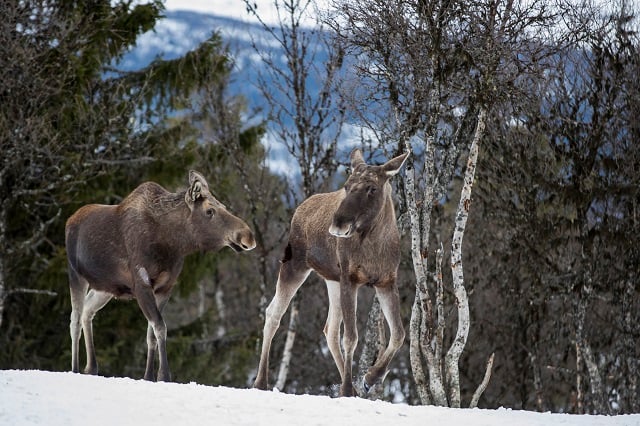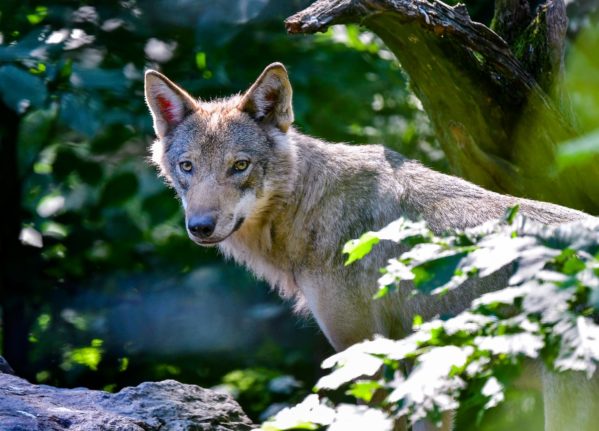The animals travel from the coast where they spend the winter to their summer grazing spot near the foot of the mountains, by swimming across the Ångermanälven in Jämtland once the ice has melted.
Trapping pits in the area show that people have watched the animals make this journey for centuries, and this year the journey will be recorded by 22 unmanned cameras linked up to a nearby control room.
READ ALSO:
- Watch Olivia the elk have a snack in her owner's kitchen
- WATCH: Elk takes a dip next to startled beachgoers in Sweden
- Swedish road covered in herring after elk accident
The programme, titled Den stora älgvandringen (The Great Elk Trek), had its premiere on Monday and the elks' journey will be broadcast live 24/7 until May 2nd, making it the first independent slow TV project by Swedish broadcaster SVT. Planning took an entire year.
Highlights from the footage, plus commentary, will also be shown in three one-hour segments on nature programme Mitt i Naturen (In the midst of nature), with the first episode broadcast on Thursday.
You can watch the programme here.
Vocabulary
elk (some would say moose, but here's why we say elk) – älg
summer pasture – sommarbete
to melt – smälta
slow – långsam
unmanned – obemannad
We're aiming to help our readers improve their Swedish by translating vocabulary from some of our news stories. Did you find this article useful? Do you have any suggestions? Let us know.



 Please whitelist us to continue reading.
Please whitelist us to continue reading.
Member comments